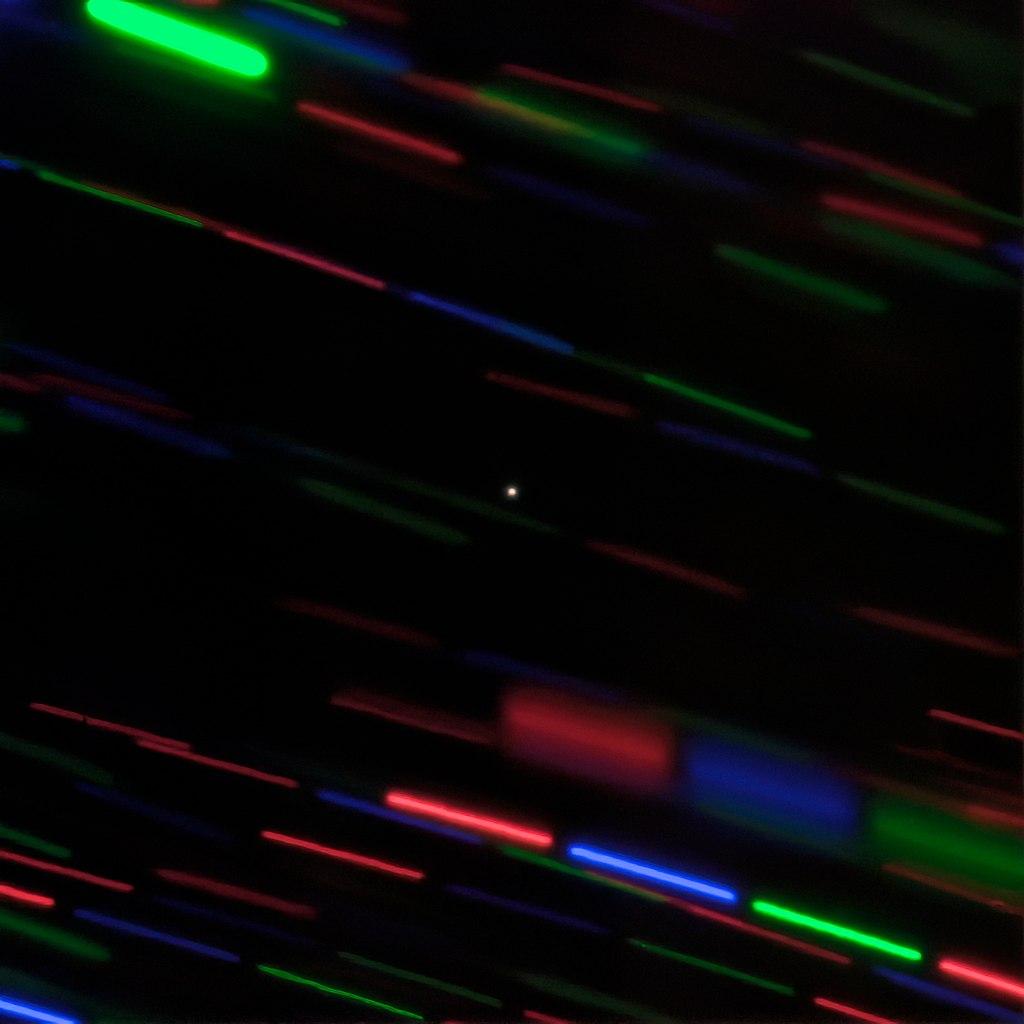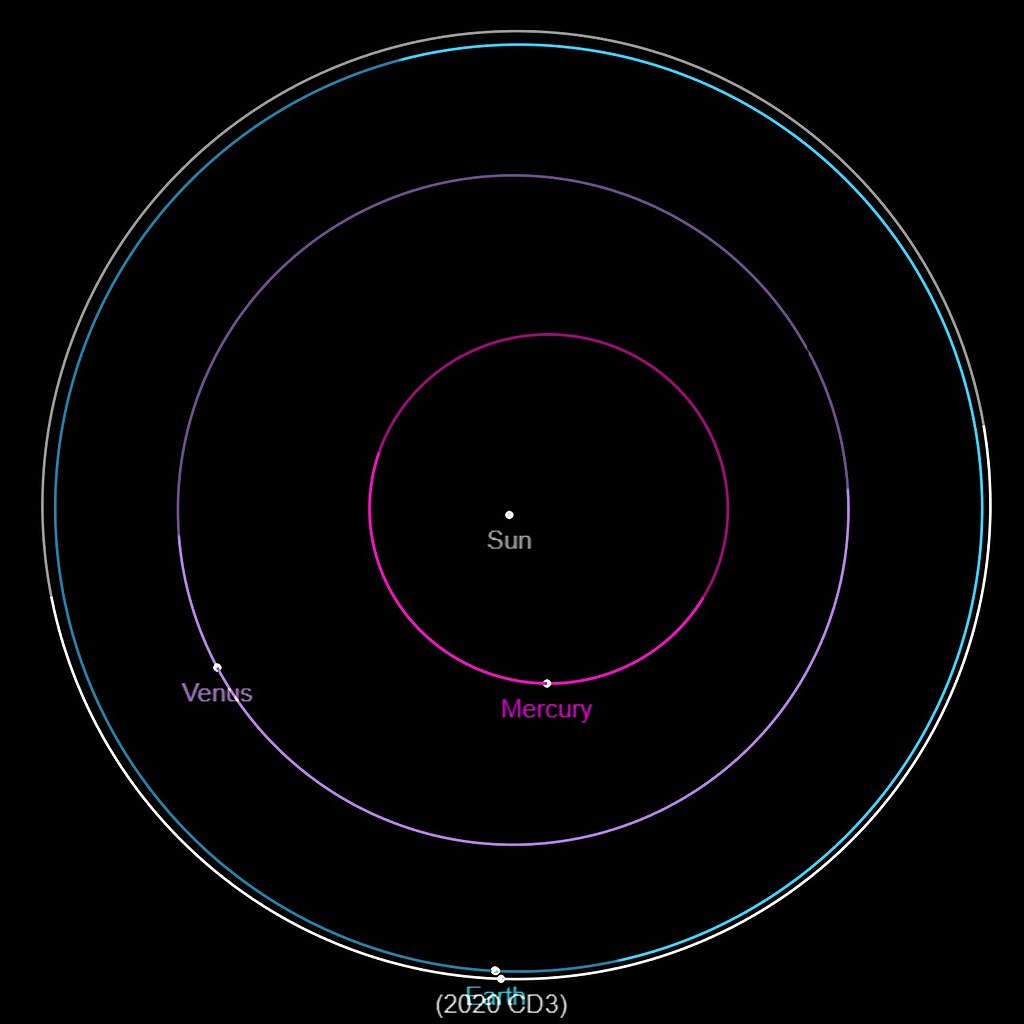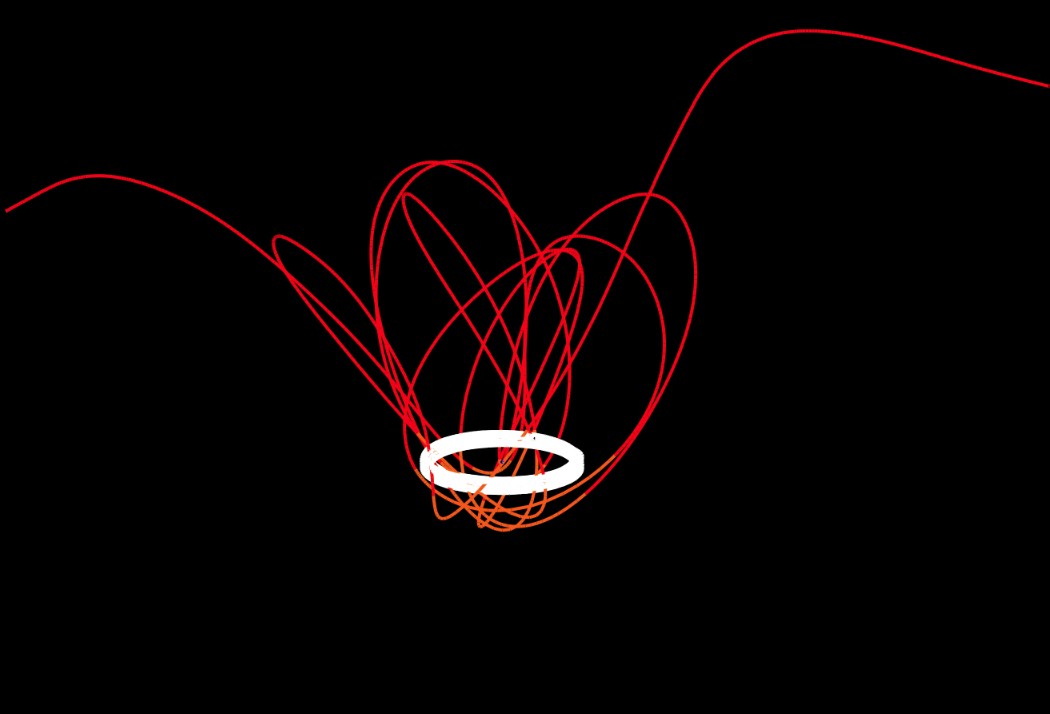Right now, for a short period of time, the Earth has two moons. One moon is the one you know. The other is a tiny car-sized moon that showed up in the last few years and could leave within the next month.
In mid-February, two scientists at the Catalina Sky Survey – Kacper Wierzchos and Theodore Pruyne – noticed a moving dot on their computer screens. That seemed unusual, because most of the stars on their screens appear to stay in one position.

(Source: The international Gemini Observatory/NSF’s OIR Lab/AURA/G. Fedorets [CC BY-SA], via Wikimedia Commons.)
At first, scientists wondered if it was a human-made object, like part of a rocket. But after more measurements, it seems clear that the object is an asteroid – a chunk of rock floating in space.
There are many asteroids in space, but most of those in our solar system are orbiting the Sun. The object the scientists had spotted was orbiting the Earth. The asteroid had been orbiting the Sun, but it passed too close to Earth and was pulled in by Earth’s gravity.

(Source: NASA/JPL [Public domain], via Wikimedia Commons.)
The object has been given the name “2020 CD3”. When we think of a moon, we most likely think of the Earth’s moon. But the word ‘moon’ can actually mean any body that goes around a planet. That makes 2020 CD3 a moon of the Earth.
Or perhaps a mini-moon. Scientists say 2020 CD3 is probably only about 6–12 feet (2-3.5 meters) wide when measured through the middle.
What’s very clear is that 2020 CD3 is not a very stable moon. It appears to have been drawn in by the Earth’s gravity about three years ago, and has since followed a very unusual path.

(Source: Tony873004 [CC BY-SA], via Wikimedia Commons.)
The Earth’s main moon has a very stable orbit around the Earth. The orbit taken by 2020 CD3, on the other hand, loops around wildly.
This isn’t the first time the Earth has had a mini-moon. In 2006, there was also an asteroid captured by the Earth’s gravity. It was named 2006 RH120, and it only stayed around for about a year.
2020 CD3 is unlikely to remain under the power of Earth’s gravity for long. Scientists predict that the mini-moon will leave by April, and could even take off within two weeks.
But for now, the earth has two moons!
